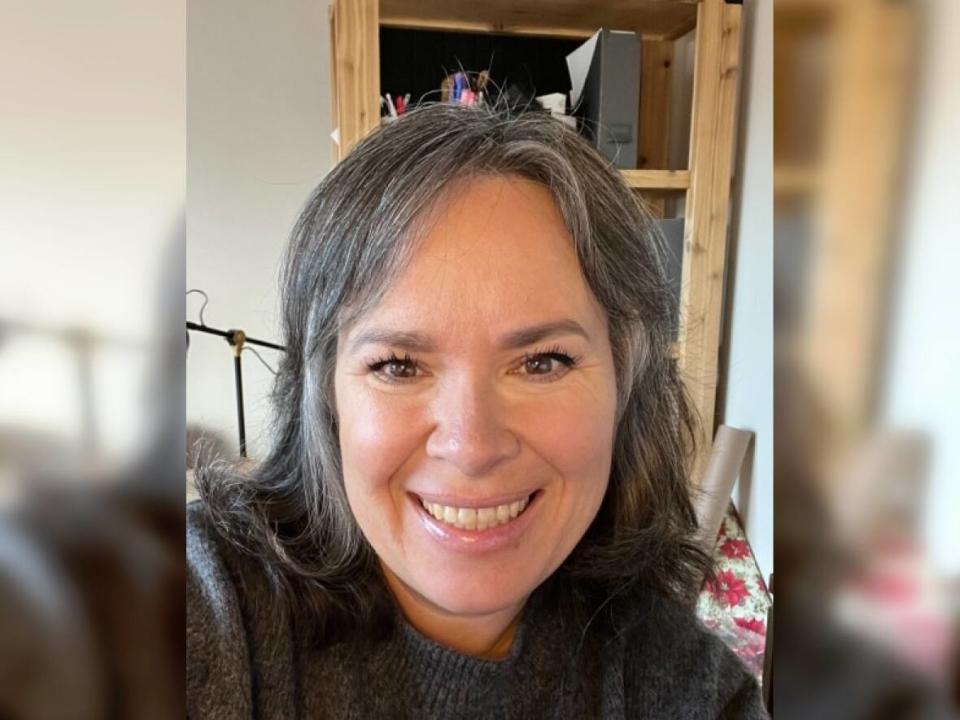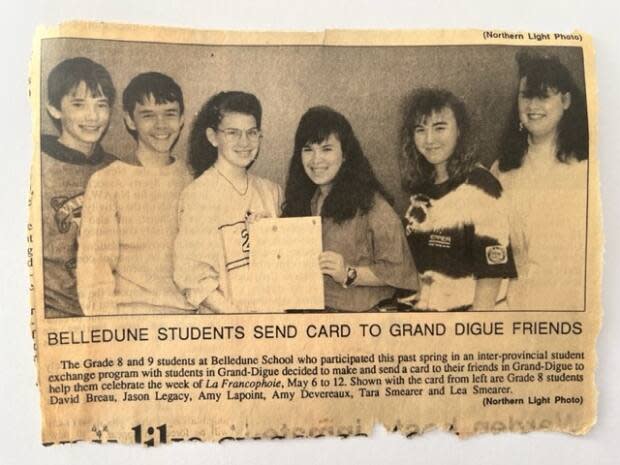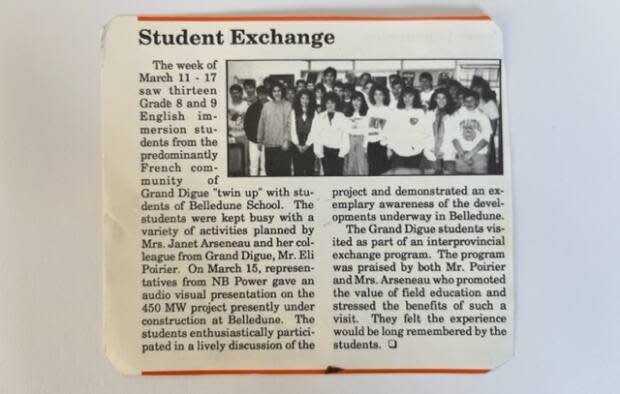Former student of 50-50 'Bathurst model' weighs in on proposed French immersion changes

The province's plan for what it calls a 50-50 model to replace French immersion came as a shock to Belledune-raised Amy McCarthy, because she attended something very similar in the 1980s.
McCarthy said from Grade 1-9, half of her day was taught in English in core classes such as math, English and health, and the other half of the day was in French.
But McCarthy said there's a big key difference that sets the program she went through apart from the proposed one.
Her program was optional.

Her experience is similar to the proposed model from the New Brunswick government, which undertook consultation sessions that sparked criticism from members of the public.
Premier Blaine Higgs has said McCarthy's program is the reason he knows the proposed model would work, although on Wednesday he said the proposed program was not "a sure thing," and he looks forward to getting recommendations from his education minister on what happens next.
Social supports needed
McCarthy said while she does feel she achieved good conversational French, she said it may have been in part because of the privileges she had growing up.
"I didn't worry where my meal was coming from, I didn't worry about health care, or dental. These are things that I can see now looking back that I had the capacity and I had the space to learn the way I wanted to learn," said McCarthy.
McCarthy said if the government wants to implement a French program like this, supports for students need to be in place.
"It's fine for Premier Higgs to say, 'Oh, we want everyone to have equal access to this.' But that's like saying everyone has equal access to housing or a home.… but if you don't have the money for a house and someone else does, that's not equal access," said McCarthy.
"So if these kids are put in an equal program, and they don't have the equal social support alongside it, the kids who are falling behind are just going to fall behind more."

In an ideal world, McCarthy said there would be three systems to choose from — a full-day French option for academic high-achievers, a 50-50 "middle-of-the-road" option and an English-only option for kids that struggle.
The Department of Education previously provided CBC News with data to show the success of the Bathurst model.
McCarthy said she believes there are two things that could have skewed those numbers which represented a high success rate for intermediate and intermediate plus French speakers.
She said there was a lot of exposure to French in the region, especially in the Bathurst and Campbellton areas.
She said the other variable is that students could opt-out at any time from the program.
At the end of the year in Grade 9, McCarthy said there were only 10 students still in the program, which she said was fewer than the number that started because of people leaving the program each year.
Incorporating French culture
"They can say it was an absolute success. But it's only because the kids who stayed in it tended to be the kids who were doing well," she said.
McCarthy said although she doesn't know what the answer is or what kind of immersion program would be right for anglophone kids, she said there needs to be a way to get them passionate about the French language, starting with French culture.

She said the absorption of language might not necessarily come from a teacher in a classroom.
In Grade 8, McCarthy said she went on a French language exchange with the program in Grande-Digue where she lived with a family and spoke French with them.
"You can learn conversational French in a classroom, but you're not really learning local jargon and slang and that kind of true conversational French unless you're immersed in the actual culture with its people," said McCarthy.
"If that's going to be a part of this program I think that's one way to really, really learn French."

